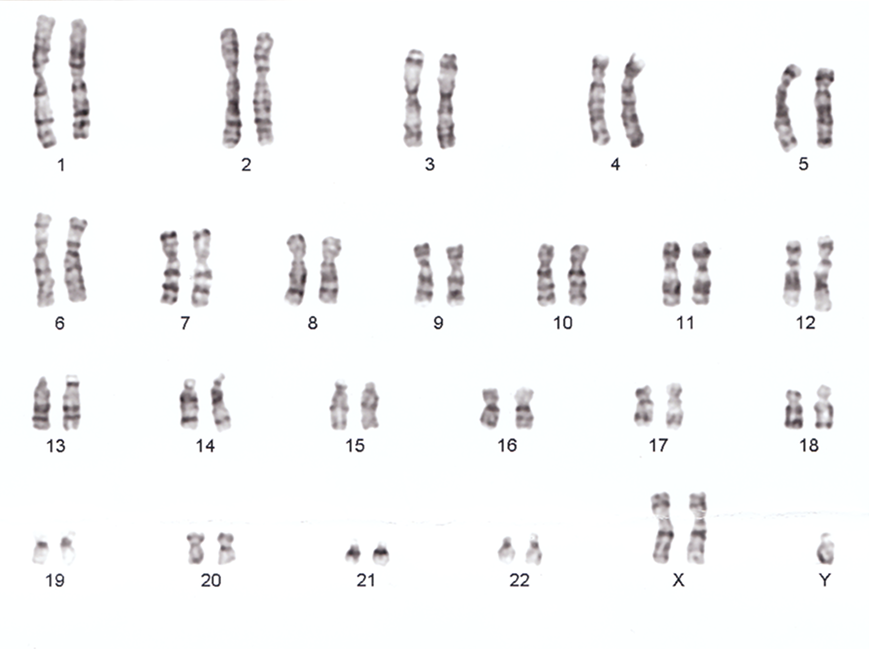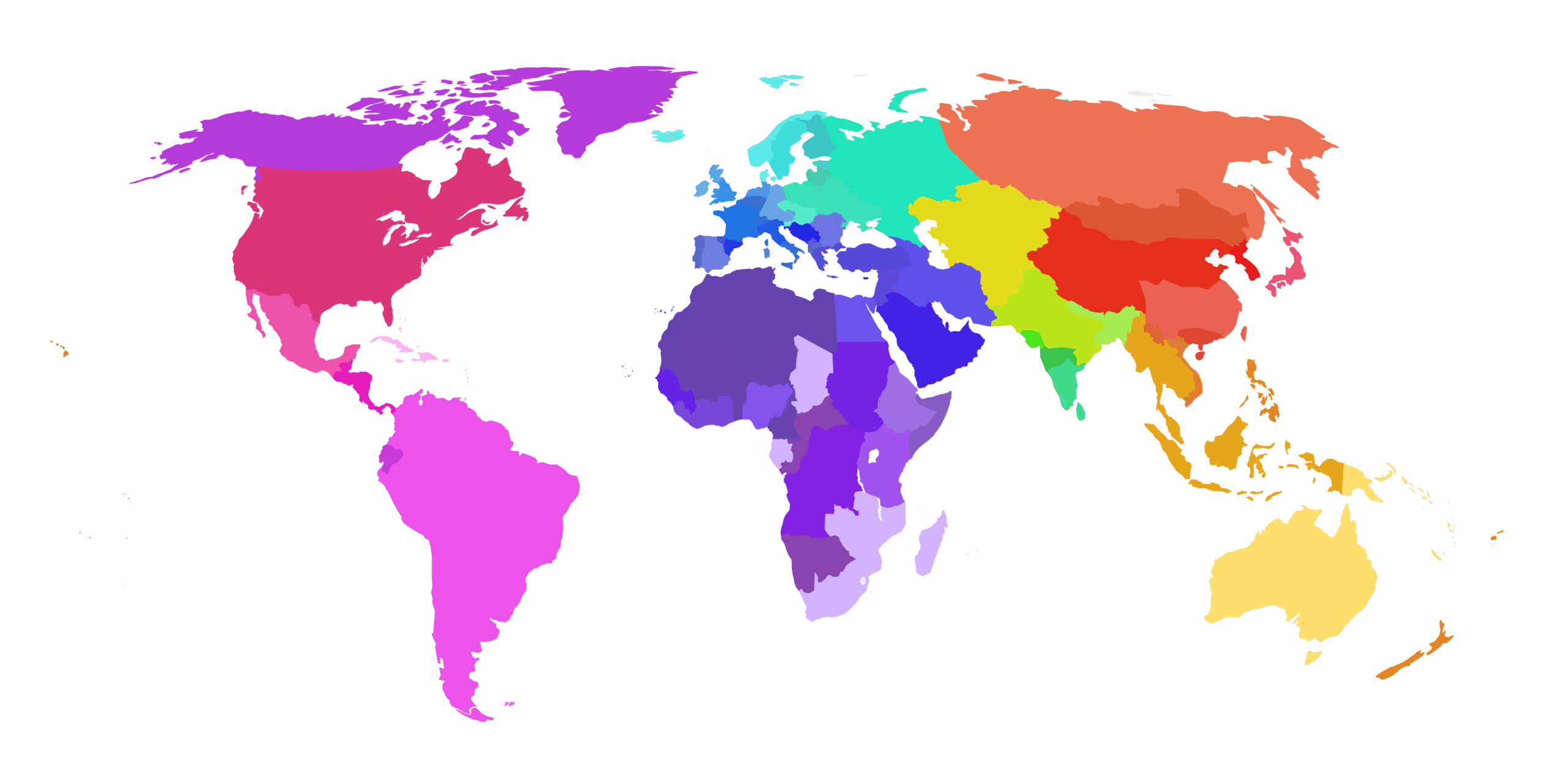This month, we’re expanding our Historical MatchesSM feature to include a 2024 study that reminds us that, throughout human history, biological sex has been more complex than a simple XX or XY binary.
Variation in chromosome number in humans
Most humans have a total of 46 (or 23 pairs) of chromosomes, but around 0.3% of people have a different number. This difference, known as aneuploidy, involves having extra or missing copies of one or more chromosomes. The most common forms of aneuploidy involve the sex chromosomes (X and Y). Some of these—including XXY (often associated with Klinefelter syndrome), XYY, and X (commonly linked to Turner syndrome)—are part of what is recognized today as intersex variation.*
Early ancient DNA studies failed to account for sex chromosome number variation
In the early days of ancient DNA research, scientists typically assumed that all individuals had either two X chromosomes (XX) or one X and one Y chromosome (XY). These assumptions were built into standard methods for estimating genetic sex, which relied on the expected ratio of DNA sequences from the X and Y chromosomes. Any deviation from these expected patterns was often interpreted as contamination from modern DNA—such as from an archaeologist or lab technician who had handled the remains.
As a result, individuals with one X chromosome (Turner syndrome), three X chromosomes (Triple X syndrome), or an extra Y chromosome (XYY syndrome) could appear genetically indistinguishable from those with more common XX or XY patterns. Others—such as individuals with XXY chromosomes—might have been misclassified as contaminated.

Updating the historical record
To address this limitation, a team of researchers in 2024 developed a new approach for estimating sex chromosome number in ancient individuals. Their method accounts for a wider range of possible sex chromosome combinations and makes it easier to distinguish genuine variation from contamination.
Using this new approach, the researchers identified five individuals from ancient Britain with sex chromosome aneuploidies. These included:
- Three individuals (from the Iron Age through the post-Medieval period) with XXY chromosomes
- One Early Medieval individual with XYY chromosomes
- One Iron Age individual with a mosaic form of Turner syndrome, meaning they had only one X chromosome in some cells and two in others
The researchers also applied their approach to non-sex chromosomes and identified a newborn from Early Medieval Britain with a trisomy of chromosome 21, consistent with Down syndrome.
Although the study examined only a subset of ancient individuals whose genomes have been sequenced, the discovery of multiple people with chromosomal aneuploidies highlights that this kind of biological variation has long been part of human history. It also underscores the importance of using inclusive analytical methods—rather than assuming that everyone fits neatly into an XX or XY binary.
Learn more
Want to see if you share a genetic connection with any of these newly added individuals**—or to hundreds of other historical individuals? The Historical Matches? feature is available to 23andMe+ Premium™ members.
*Not everyone with a sex chromosome variation identifies as intersex. The term “intersex” is used here in the broad biological sense, to acknowledge that some sex chromosome aneuploidies fall under this umbrella in contemporary discussions of human diversity.
**Receiving a match to a historical individual who has a sex chromosome aneuploidy does not indicate anything about the number of sex chromosomes that you carry.




